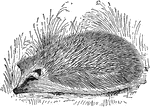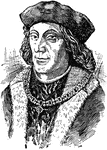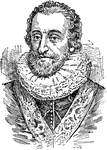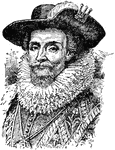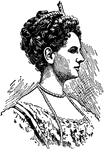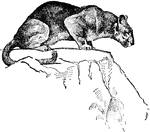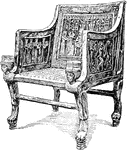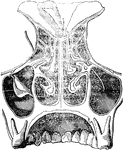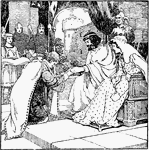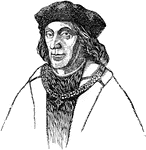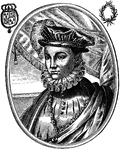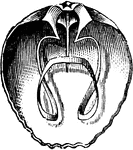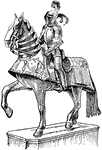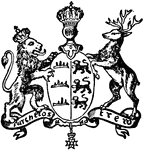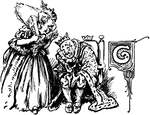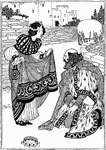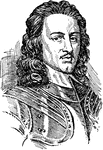
John Hampden
(1594-1643) "An English statesman, famous for his opposition to taxation by the king's decree." -Foster,…
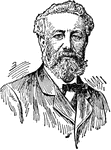
Jules Verne
(1828-1905) French author most famous for Twenty Thousand Leagues under the Sea, From the Earth to the…

Oak Leaves
The various types of oak leaves: "a. Bur oak, b. Live oak, c. Willow oak, d. White oak." -Foster, 1921
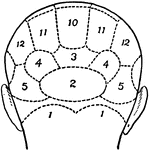
Phrenology
Phrenology is a psychological theory that the shape and bumps on a person's head can tell what mental…

Exercise
"Lie flat on the back. Raise first one leg and then the other to a perpendicular position." -Foster,…

Exercise
"Lie flat on the back...hands clasped behind head. Pull up to sitting position." -Foster, 1921

Exercise
"Stretch hands overhead. Bend back as far as possible, repeating until tired. Alternate by bending forward…
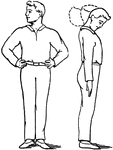
Exercise
"Tense the muscles of the neck and turn head... forward and back and around in a circle." -Foster, 1921

Exercise
"Arms outstretched horizontally. Make the hands describe a full circle forward and back." -Foster, 1921

Exercise
"Arms outstretched horizontally. Make the hands describe a full circle forward and back." -Foster, 1921
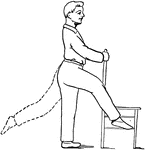
Exercise
"Hands on back of a chair or table. Raise and lower the knees rapidly, as in running." -Foster, 1921
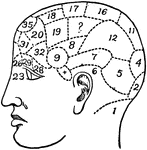
Phrenology
Phrenology is a psychological theory that the shape and bumps on a person's head can tell what mental…

Phrenology
Phrenology is a psychological theory that the shape and bumps on a person's head can tell what mental…
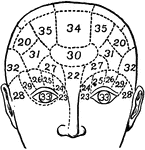
Phrenology
Phrenology is a psychological theory that the shape and bumps on a person's head can tell what mental…
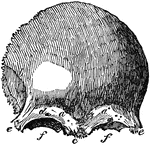
Frontal Bone
A front view of the frontal bone; a,a, frontal sinuses; b, the temporal arch, beneath which lies the…
Spinal Divisions
A lateral view of the spine divided into its cervical, dorsal, and lumbar portions.

Fourth Rib
Fourth rib. Labels: a, vertebral extremity, called the head, which is connected with the bodies of the…

Medieval Coin
The obverse and reverse sides of a silver penny during the reign of William the Conqueror.

St. Peter's and the Vatican Palace
St. Peter's and the Vatican palace in Italy is the largest church in the world.

Iroquois Long House
A "long house" where up to fifty families would live, built by the Native American tribe, the Iroquois.
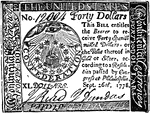
Continental Money
This forty dollar promissory note was a Continental paper bill that held almost no value during the…
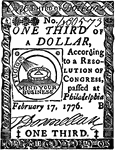
Continental Money
This third dollar promissory note was a Continental paper bill that held almost no value during the…

Sing a Song of Sixpence
An illustration to accompany the children's song, "Sing a Song of Sixpence."
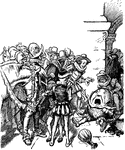
Humpty Dumpty
All the king's horses and all the king's men trying to put Humpty Dumpty together again.
